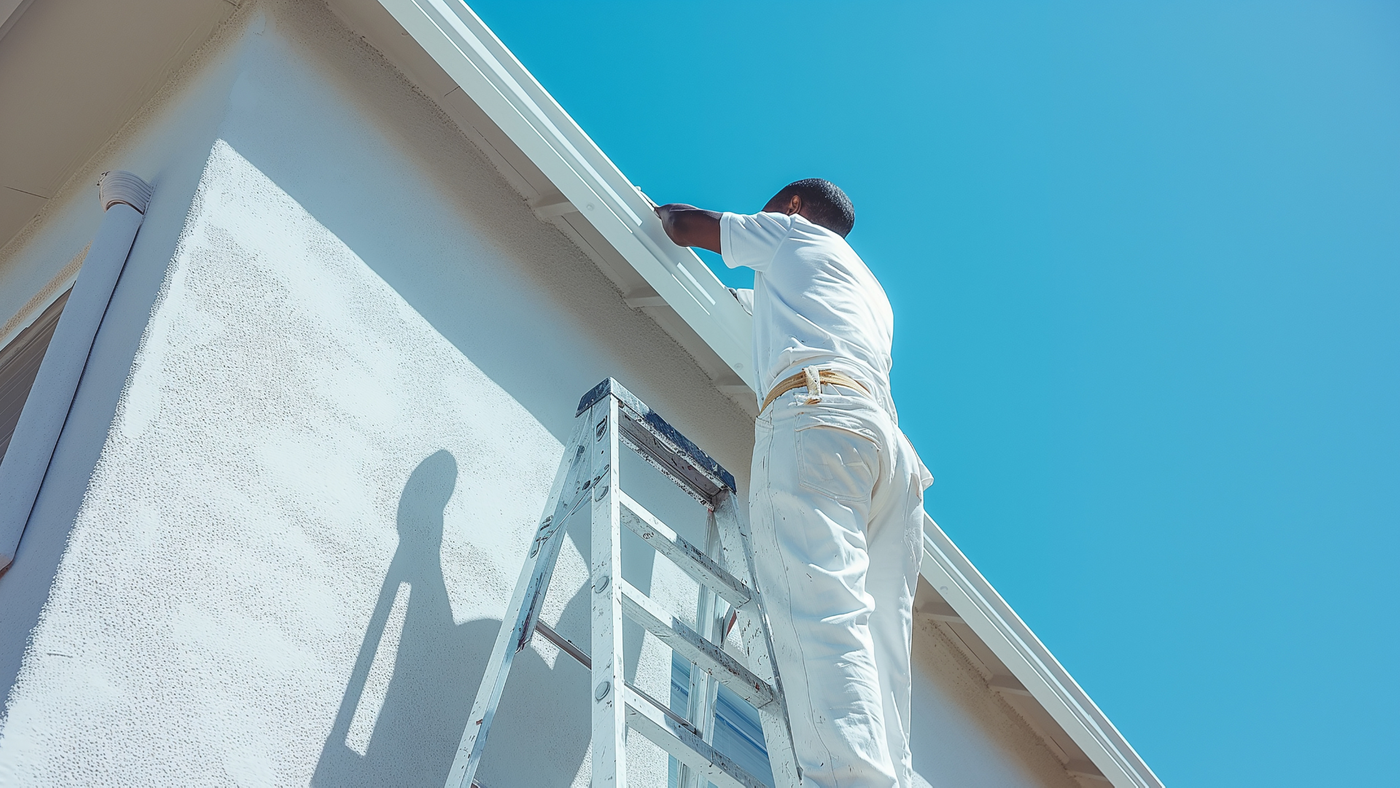Understanding the Role of a Painting Contractor
A painting contractor plays a crucial role in transforming the look and feel of your remodeled space. They don’t just add color—they create the finishing touch that ties every design element together. A professional painter ensures the surfaces are smooth, colors are consistent, and finishes are durable.
While many homeowners think painting is a “final step,” it’s actually a critical phase that depends on the right timing. Hiring a painting contractor too early can result in damage from other construction work, while waiting too long might delay project completion.
The Typical Remodel Timeline Explained
Before deciding when to bring in a painting contractor, it’s essential to understand how a remodel unfolds:
-
Planning and Design – This stage involves layouts, permits, and style choices.
-
Demolition and Structural Work – Walls come down, plumbing and wiring are exposed.
-
Plumbing, Electrical, and Drywall Installation – Once the infrastructure is in place, surfaces start taking shape.
At this point, your home begins to look like a blank canvas—perfect for the painters to step in soon after.
When to Bring in a Painting Contractor
The ideal time to bring in a painting contractor is after major construction and drywall installation are complete but before flooring, lighting, and fixtures are installed.
Here’s a simple breakdown:
-
Interior Painting: After drywall is sanded, primed, and dust-free.
-
Exterior Painting: After siding, windows, and trim are fully installed and inspected.
This order ensures your painter has clean, unobstructed surfaces and prevents fresh paint from being damaged by ongoing work.
How Early Communication Prevents Delays
Bringing in your painter early for consultation (even if not to start) helps align your project timeline. When painting contractors coordinate with general contractors, they can anticipate potential schedule conflicts and make adjustments.
For example, if you plan to install custom cabinetry or finish flooring, painters can schedule around those tasks to avoid overlap or damage.
Prepping Your Space Before Painters Arrive
Preparation is half the battle. Before your painting team begins:
-
Clean all surfaces to remove dust and residue.
-
Move or cover furniture and delicate fixtures.
-
Inspect for cracks or nail pops that need patching.
Painters typically apply primer first, followed by one or two finish coats. Allowing sufficient drying time between coats ensures long-lasting results.
Common Mistakes Homeowners Make During Remodels
-
Hiring too early – Wet drywall or incomplete repairs ruin fresh paint.
-
Skipping prep work – Even premium paint can’t hide flaws on unprepped walls.
-
Rushing drying time – Paint must cure fully before exposure to moisture or friction.
Avoiding these errors ensures your investment pays off in both beauty and durability.
Interior vs. Exterior Painting Timelines
Interior projects depend on humidity and ventilation, while exterior work is weather-sensitive.
-
Interior: Best done in dry conditions with good airflow.
-
Exterior: Choose mild, dry days—avoid extreme heat or rain.
Signs You’re Ready to Call a Painting Contractor
✅ Walls are smooth and sanded
✅ No pending plumbing or electrical work
✅ Indoor temperature is between 50–85°F
✅ Dust and debris have been cleared
If these boxes are checked, it’s time to call in your painter.
Benefits of Hiring a Professional Instead of DIY
While DIY painting might seem cost-effective, a professional painting contractor provides:
-
Superior surface prep and finish quality
-
Proper tools for even coverage
-
Safety and efficiency on ladders or scaffolds
-
Paint warranties and guaranteed results
It’s an investment in time, quality, and peace of mind.
How to Choose the Right Painting Contractor
-
Check credentials – Verify licensing and insurance.
-
Read reviews – Look for consistent positive feedback.
-
Get quotes – Compare detailed estimates.
-
Ask questions – About materials, schedule, and warranties.
A reputable contractor will gladly explain their process and timeline.
Cost Factors and Budgeting for Painting
Your total painting cost depends on:
-
Labor (typically 70% of total)
-
Paint type and finish
-
Prep work and surface repairs
Always request a written estimate to avoid unexpected add-ons.
Frequently Asked Questions (FAQs)
1. When is the best time to paint during a remodel?
After drywall and major construction but before flooring or fixtures.
2. Can painting happen before flooring installation?
Yes, it’s often ideal—reduces risk of paint splatter on new floors.
3. Should I prime walls before painting?
Absolutely. Primer ensures adhesion and uniform color.
4. How long should paint dry before moving furniture back?
Allow at least 48 hours for full curing.
5. Can I live in my house while painting?
Yes, but proper ventilation is crucial to minimize odor and VOCs.
6. How do I prepare my house for painters?
Clear rooms, remove wall decor, and cover items with drop cloths.
Conclusion: Seamlessly Integrate Painting into Your Remodel
Bringing in a painting contractor at the right stage of your remodel ensures every surface gets the attention it deserves. With proper timing, communication, and preparation, your finished project will not only look flawless but also last for years to come.
For more expert renovation advice, visit This Old House for trusted resources.

